Modern science claims that Color is a powerful communication tool and can be used to signal action, influence mood, and even influence physiological reactions. Artists use hues to express ideas, themes, subjects and moods instead of words to articulate them.
Every person brings out a different color in you.
SOTHISISWHAT, BLOGGER
This random quote on a Pinterest blog is the inspiration to this blog while it also coincides with the celebrations of the Indian festival of colors – Holi.
Colors mean different things in different culture
Affinity for a color is very individual. We like some colors more than others. Our feeling for a color is extremely personal and is often influenced and rooted by an experience and culture.
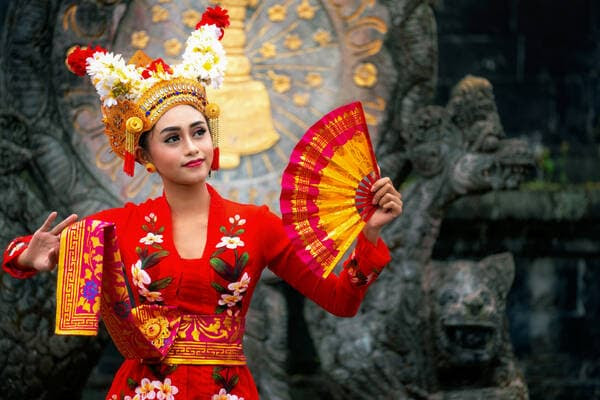
For example White color is used in the Western world to reflect purity, peace and innocence. It is a color of mourning in some Eastern cultures. Red is the color of passion and aggression in the Western culture and in Eastern world it is the symbol of prosperity. Blue is a masculine color in the West, in Chinese culture it is considered feminine while in Indian culture it is the color of the Lord Krishna and symbolizes strength, often being used by sports teams. Green is the color of nature for Western culture and brings calming, renewing feelings and in Eastern world it is believed to bring health and eternity (religious undertone). Interesting fact is that hats colored green for men in China mean the man’s wife is unfaithful. In diverse and culturally vibrant geographies such as India, China, South East Asia or South American countries, simple expressions of color hold together the multitudes of outlooks, lifestyles, and traditions.
Colors influence your daily lifestyle
As much as we are conditioned culturally and socially, we are also influenced by how color is presented in our lives. We are habituated to respond to Green – Go, Orange – Slow and Red – Stop.
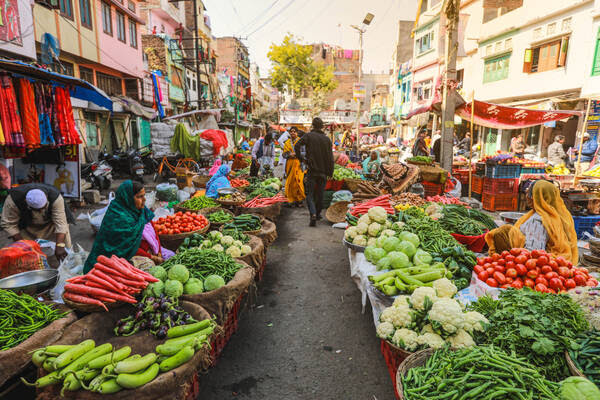
Healthy products on the shelf of a super market are often seen to be in green or subtle packaging. The indulgent, impulse products are designed in colorful, bold packaging designs. Chocolate is a food product where the name and color of the product are the same and likewise, Orange fruit! By default we get trained to perceive or react to a color based on its representation as a part of our lives.
Colors affect how you feel
Colors are also classified into two clusters: warm and cool colors. Warm colors create illusion of heat and warmth and appear advancing towards us. Red, orange, yellow connect us to sunlight and health and are considered warm colors.
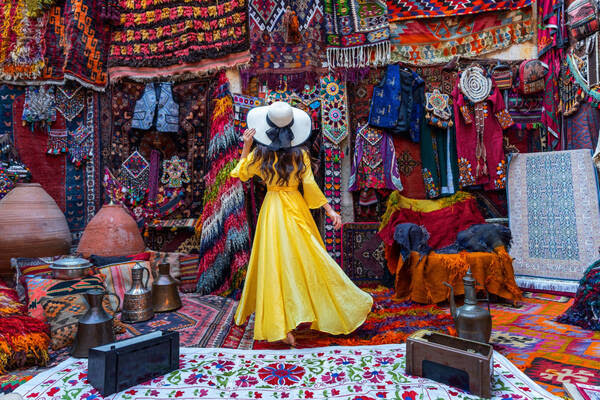
Cool colors remind us of natural elements like water, grass and sky and produce a sense of calm and relaxation. Blue, purple, and green are cool colors and they appear to be receding further away from us.
We are born with an extensive palette of Nature’s colors splashed around us. However hard we attempt to capture, it’s next to impossible to frame nature’s true colors. We can only experience it. Nature communicates with us through its colorful shades and affects our moods and emotions instinctively.
Colors change your mood
Imagine!
Visualize, grazing out of your window at a lush green patch or spending a quiet moment by the lakeside watching blue still water or walking through an orchard of luscious red Apple trees on yellow sunshine day or getting drenched on first rainy day smelling pleasant earthy brown aroma.
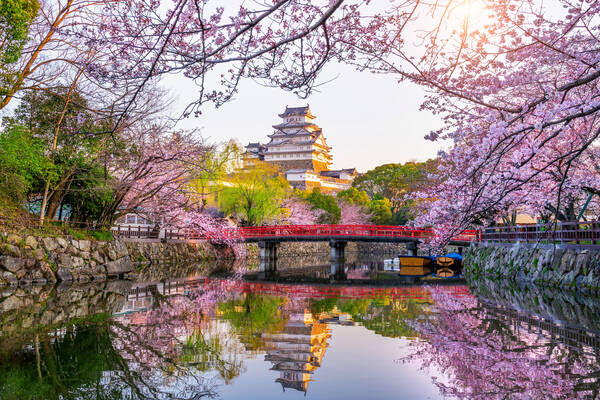
Each of these instantaneously depicts a varied sketch in your mind and touches your emotions differently. There are in-numerous such colorful moments taking place in your life every day. One helps you de-stress, one acts as an energy booster, one calms you down while the other helps you revive and refocus. Surrounding ourselves with right colors and hues can have a profound impact on our mood and subsequent actions we undertake.
Do take a moment to experience these vibrant and vivid happenings in your life every day!
and adopt a conscious lifestyle, checkout the TIWIW App now!










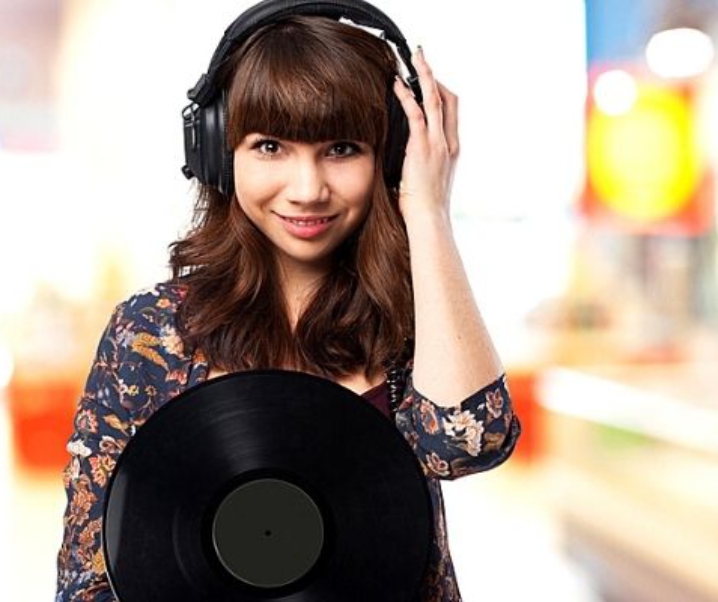










What do you think?